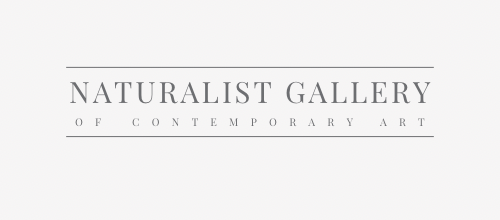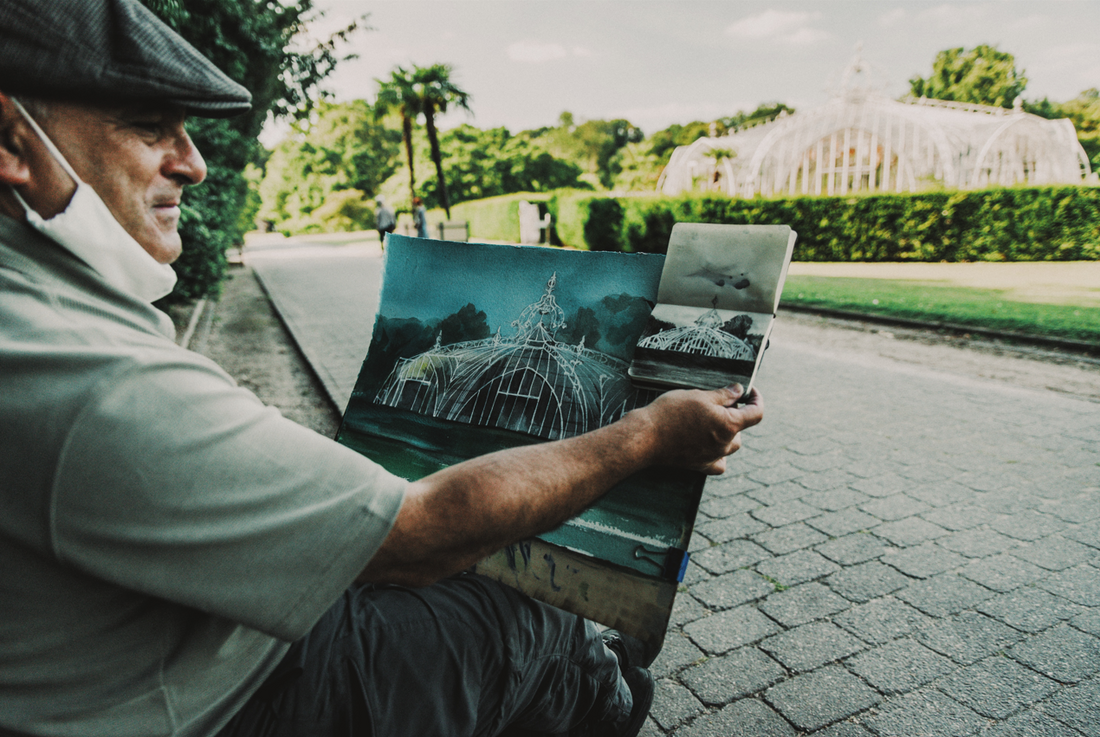This article will delve into why drawing and painting from direct observation is essential for artistic growth and how artists can improve their skills through this method.
Observational art is creating art by directly studying real-life subjects or photographs, not relying on imagination. It captures the image of the subject as a work of representational art.
Explore our curated selection of contemporary artists from around the globe.
Naturalist Gallery offers artist representation internationally. Apply your art.
- The Essence of Observational Art:
Observational art requires artists to study subjects on their own terms. By keenly observing light, colors, forms, textures, and more, artists can recreate their subjects as realistically as possible. This method not only challenges artists but also infuses their artwork with energy and originality that cannot be achieved when using photographs as references.
Drawing from life provides a unique experience for artists that cannot be replicated by using photographs. When interacting with the subject firsthand, artists gain valuable information and insights that enrich their work. Whether drawing a portrait, an object, an animal, or a landscape, artists can infuse their personal feelings and thoughts into the artwork, making it more expressive and vibrant.
- Tips for Improving Life Drawing Skills:

a. Art Fundamentals: Before attempting direct observation, artists must develop a strong foundation in art fundamentals, including proportion, depth, form, value, and composition.
b. Framing: Using a frame or viewfinder can help artists focus on specific areas and create a more effective composition.
c. Starting with Grayscale/Pencil: Beginners are advised to start with grayscale and pencils, allowing for better control and correction while learning to discern highlights, midtones, and darks.
d. Staying Still: To maintain consistent perspective and accuracy, artists should minimize movements and maintain a comfortable position while drawing from life.
e. Constantly Looking at the Subject: Observing the subject constantly and spending at least 50% of the time looking at it helps artists accurately depict what they see rather than relying on preconceived notions.
f. Creating Effective Shapes and Proportions: Focusing on large shapes and correct proportions lays the groundwork for a successful drawing and enables artists to visually measure the subject.
g. Adding Details and Texture: Paying attention to techniques for adding texture and details enhances the overall quality of the artwork.
h. Applying Artistic License: While direct observation aims for realism, artists can still apply their personal style and ideas, making the artwork unique and expressive.
- Six Things to Look for in Observational Drawing:

a. Shapes: Identifying and drawing basic shapes helps simplify complex subjects and leads to greater accuracy.
b. Lines: Drawing the contour lines after defining the shapes enhances visual interest and communicates the form and texture of the subject.
c. Values: Determining the darkness or lightness of colors and accurately reproducing them conveys important information about light, form, and textures.
d. Form: Relationships of values in the subject create the illusion of form, which adds dimension to the artwork.
e. Textures: Using directional marks and relationships of value produces the illusion of textures, adding depth to the artwork.
f. Colors: Matching colors as closely as possible is essential, but value is more critical in accurately representing the subject.
View limited edition prints by contemporary artists at Naturalist Gallery.
Observational art is a fundamental aspect of contemporary art, enabling artists to develop their skills and infuse their work with a sense of authenticity and expression. By drawing from direct observation, artists can unlock new dimensions of creativity and enhance their understanding of art fundamentals. The provided tips and elements of art serve as a guide for artists seeking to improve their observational drawing skills and create more impactful and meaningful artwork.
You may also find the following articles helpful:
Guide to Gesso: What it is, How to Use it, and More
Mastering Watercolor: 10 Essential Tips for Beginners
Oil Painting Tips for Beginners: Mastering the Practice
What is Tone in Art: Understanding Color Value
Comparing All Paint Mediums: A Comprehensive Guide
Mastering Acrylic Painting: 21 Tips for Beginners





